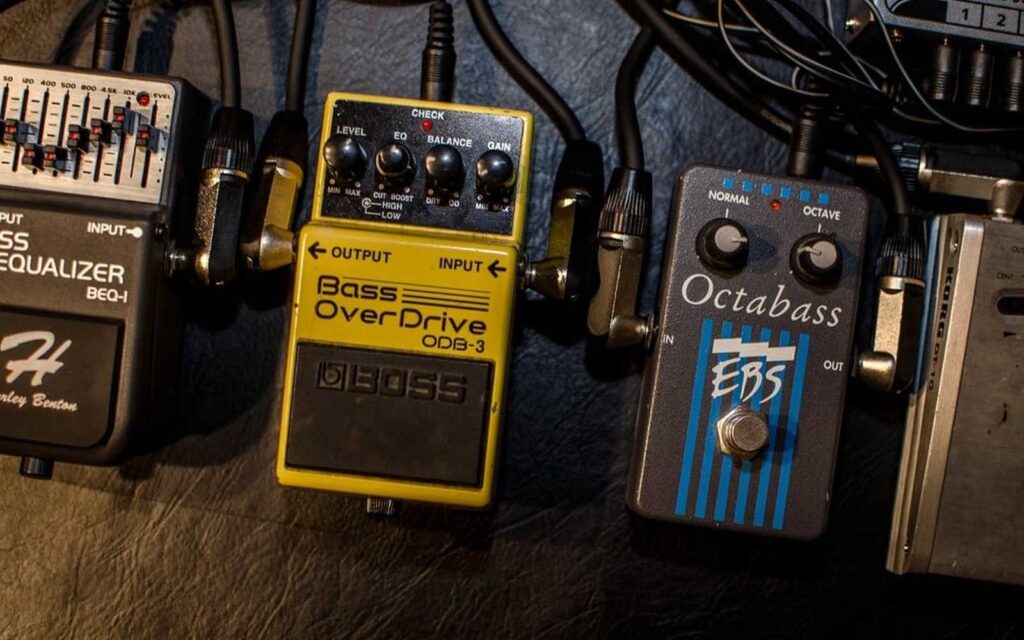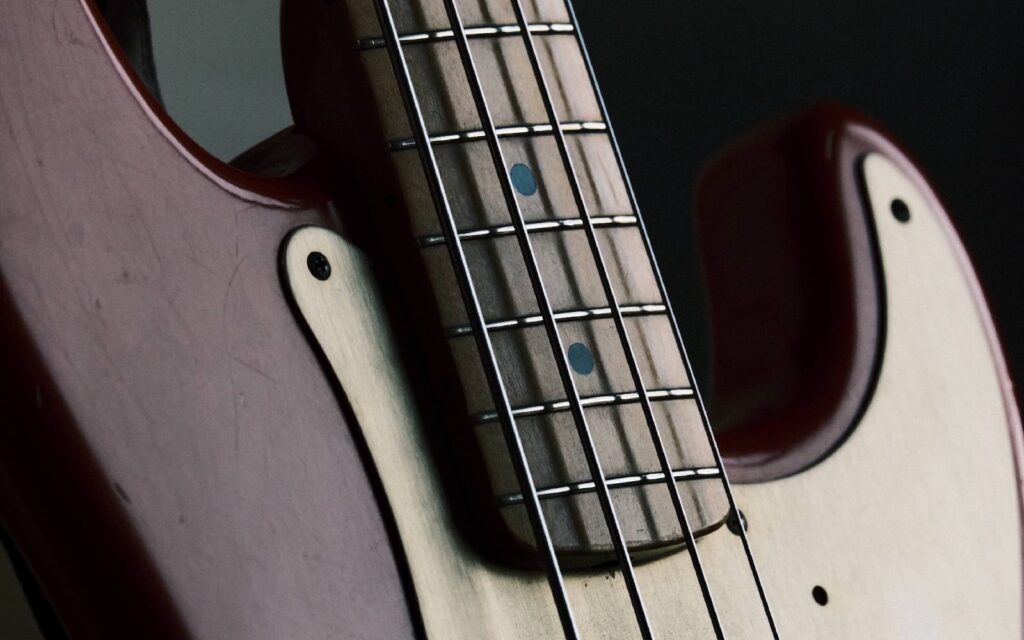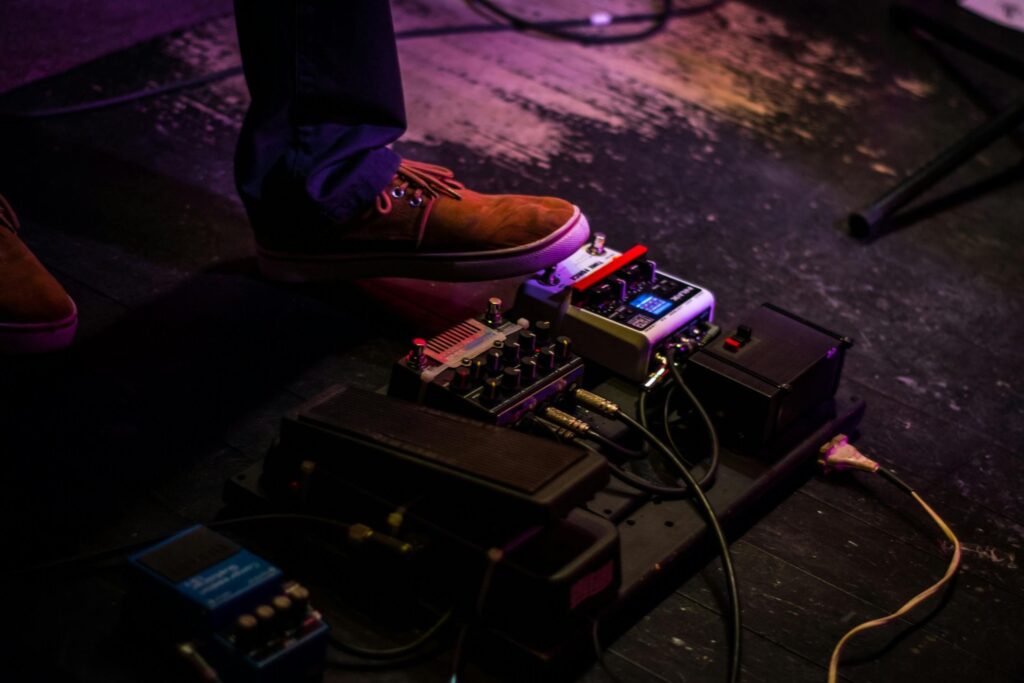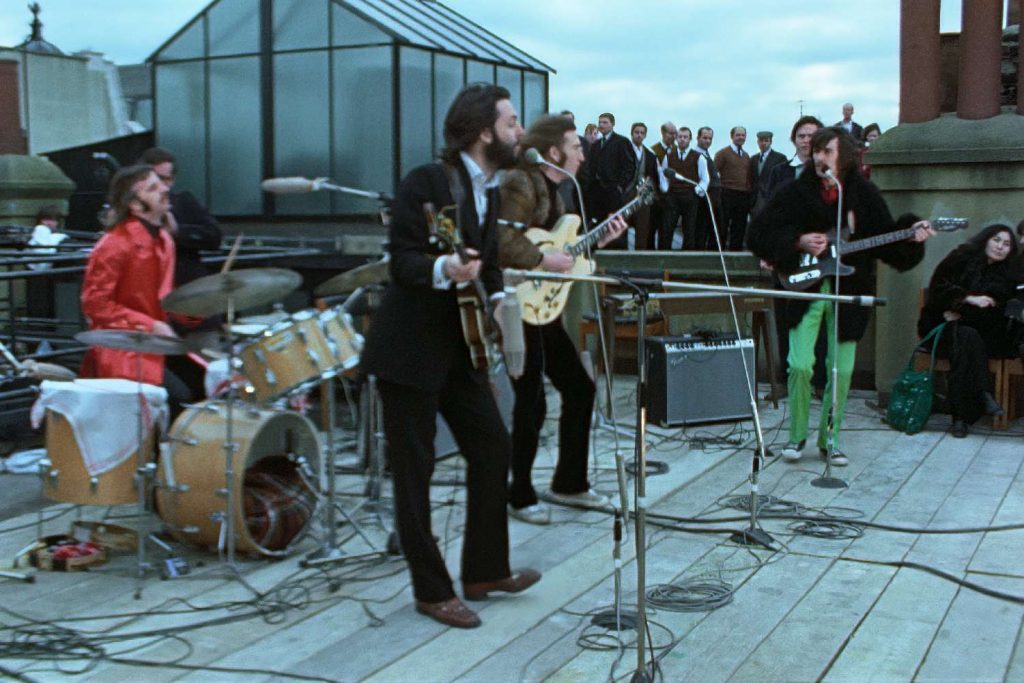We as guitarists are often in the pursuit of tone, and wiring can affect how much of that tone is preserved and therefore processed and effected.
Tube amplifier wiring, at the most basic stage, refers to connecting components together via either point to point wiring or via a PCB. A PCB (printed circuit board), is a board that has lines running through it that components are connected to. Components like tubes, transistors, capacitors and potentiometers are wired into points on the board, the board itself send signal to other points on the board, where other components are wired, usually soldered, into.
Read all the latest features, columns and more here.
Point to point wiring connects the components together directly together via wires, in a way to preserve as much of the signal as we can. Printed circuit boards have come a long way, and unfortunately get a bad wrap for being cheap and nasty, and it’s important to remember that even large analogue recording consoles use PCBs. If Neve, SSL and API trust PCBs – shouldn’t we?
And we have to ask – why use point to point wiring for a tube amplifier if there is no significant advantage in sound? Well, we are dealing with tubes that are, let’s face it, outdated, inefficient, oversized and power hungry, and require an external power source just to turn them on! But, they just happen to sound fantastic, and they look good too – so, we keep using them. Tubes need to be plugged into sockets mounted onto a chassis along with usually three, rather large transformers, some pots, sockets, and switches. Components like resistors, capacitors, diodes etc. can be mounted on simple tag board as used in earlier amplifiers and boutique amps today. Compared to solid-state amplifiers that have a much higher component count, constructing them on tag boards would be too laborious and costly so a PCB would be a better choice.
Point to point
Point to point is a very reliable construction method, and also figuring out the schematic for repair is a lot easier because the circuit is pretty much laid out in front of you. However, in construction, each component has to be individually placed on the board and hand soldered which is time-consuming. One disadvantage of some point to point tube amps’ designs is from an electrical point. You have a circuit (wires, components, etc.) that runs back and forth all over the chassis. Therefore, careful wiring and placement of components is critical. Hav- ing many stages like this can pick up hum and noise and could also be prone to self- oscillating if correct wiring techniques are not used. Therefore, PCB designs have an advantage over this type of point to point construction due to the circuitry being located in a smaller area. The tighter construction of a PCB decreases the need to run wires all over the chassis, therefore, keeping all con- nection to and from the tube and other comps as short as possible. The result is a circuit that sounds great with low noise and is very stable and not prone to oscillation. I use PCBs when constructing complex multi-stage and multi-channel amplifiers that have a greatly increased component count, and for simpler amps I use point to point turret boards.
We often hear of the unreliability of PCB designs, and this is true only to a certain extent. Single-sided PCBs, (tracks on one side only) that are wave soldered are the worst offenders. It is common for the wave sol- dering machine to skimp on the amount of solder required for larger components, and over time these solder joints break and the amp fails due to the lost connection between that component. Double-sided PCBs have tracks on both sides of the board that connects from side to side with plating through the holes where the component leg is inserted. Because of this, when soldered correctly over the same wave-soldering machine the PCB will have very reliable solder joints. One of the main reasons manufacturers started to use PCBs was to build a more cost effective product because PCBs by and large are much easier to assemble. However, as part of the cost-saving measures, the qualities of the other components in the amplifiers were compromised. This cost saving measure resulted in an overall lack of quality compared to the earlier style amps where the emphasis was more about tone than cost, and many of them also happen to be point to point wired.
Fazio Electric is a great resource for tube amplifier design, repair and service. Keep up with her here!







